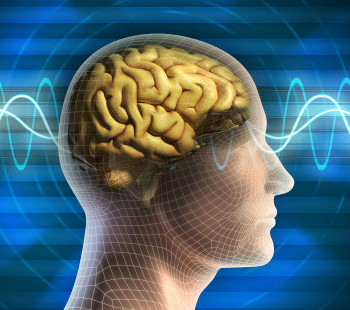General anesthesia is very commonly used to induce unconsciousness in patients undergoing surgery. Each year millions of people in the United States are required to receive anesthesia, and there is no single right amount for every patient. Factors such as weight, age, gender, illness, and medications all play a role in determining just how much anesthesia each person needs. A patient’s heart rate and rhythm, breathing rate, blood pressure, and oxygen and carbon dioxide levels are also monitored so the amount of anesthesia can be adjusted as needed.
A recent study from the University of Cambridge, published in PLOS Computational Biology, may have identified a better way to calculate the amount of anesthesia one may need. A group of 20 volunteers were involved in this study to discover how brainwaves can identify patient anesthesia needs.
The Brain Signals and Anesthesia
As different areas of the brain communicate with each other they give off signals that can indicate a person’s level of consciousness. In the study, researchers gave a steadily increasing dosage of propofol to the group of healthy volunteers (9 male, 11 female). Their brain activity was monitored using an electroencephalogram (EEG).
While receiving the propofol, the individuals were asking to perform a simple task where they would hit one button after hearing a “ping” and a different button after hearing a “pong”. All of the people involved in this study had the same limited amount of propofol and once that limit was hit some were unconscious while others were still awake and able to continue performing the task.
Researchers studied EEG results and found a very clear difference between that brain activity of those who were affected by that amount of anesthetic and those who were still able to perform the task. EEG readings showed that volunteers with more alpha wave activity prior to receiving the anesthesia required more propofol to put them under. Researchers said “These findings could lead to more accurate drug titration and brain state monitoring during anesthesia,”.
Dr Tristan Bekinschtein, senior author from the Department of Psychology, adds: “EEG machines are commonplace in hospitals and relatively inexpensive. With some engineering and further testing, we expect they could be adapted to help doctors optimise the amount of drug an individual needs to receive to become unconscious without increasing their risk of complications.”
Although this is a relatively new study, many agree that with more testing and research, monitoring brainwave activity prior to administering anesthesia may be a useful, non-invasive way of measuring the dosage needed for each unique patient.

